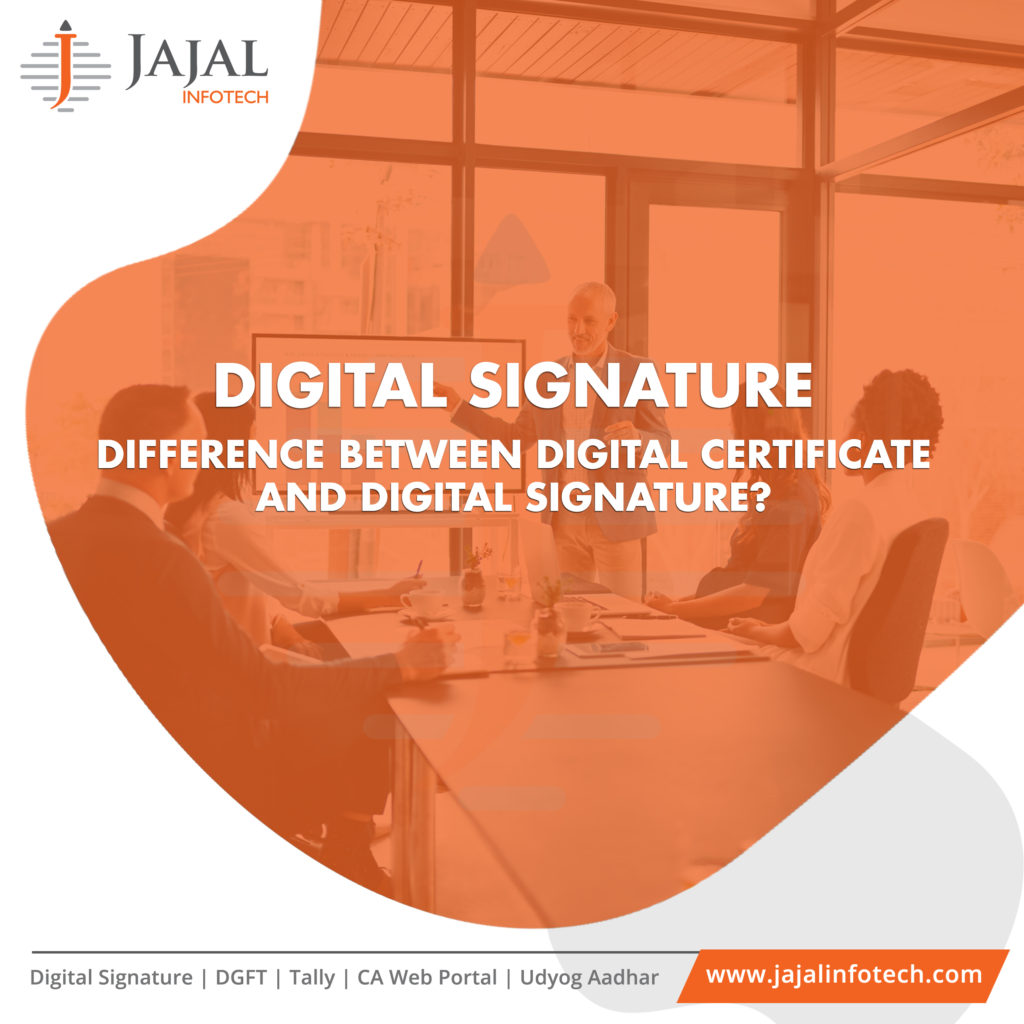A digital certificate is a unique virtual system that provides high security to internet surfing. It protects your computer from several kinds of malicious entities.
This virtual system works through the verification process. Digital certificate service uses the PKI (Public Key Infrastructure) system.
The Digital signatures are tied with the Digital certificates. These digital signatures are decrypted by a public key to acquiring special codes.
When you want to connect with a website, these special codes provided by that website are compared with the codes of your browser. This comparison of codes is a crucial step in a website verification process.
About PKI
Public key infrastructure is the most innovative process to manage public keys and digital certificates. It can also make digital certificates. These certificates attach the public keys to particular entities. It can also cancel the certificates at the right time.

Let’s See Some Differences Between a Digital Certificate and a Digital Signature:
Digital certificate service uses Public key infrastructure (PKI) in its website verification process.
When you open an internet browser on your computer and try to connect with a website, you have to enter the HTTPS web address in your browser’s search option. The server of that website, which you want to connect with, provides a digital certificate to your browser.
After receiving the digital certificate from that web server, your browser goes through several verification processes.
The browser contains several trustworthy CA certificates installed in it. The digital certificate provided by the webserver has to match with one of those certificates that the browser includes.
The signature in the digital certificate contains a hash. For this public key, the browser can decrypt the signature and obtains the hash.
It then compares the hash with the new hash that the browser computes to the certificate’s content. If the two hashes are entirely matched, the browser goes for the next step. Now the signature of the certifying authority is proved to be trustworthy.
Eventually, the browser checks names, the name in the certificate, and the website’s name. If the names contain the same characters, the browser allows you to connect with that website.
As a symbol, the browser displays padlocks, green bar. Thus, a digital certificate service verifies an unknown website, whether it is safe or unsafe for the user and his/ her device.
In contrast, the integrity verification of a document is the main function of digital signatures. They also use public keys to accomplish their verification process.
A digital signature contains a hash, which a type of public key. During the verification process, this hash is compared to another hash.
A digital certificate attaches a digital signature to a particular data.
Conclusion:
Using digital certificates in Public Key Infrastructure (PKI), we can form a trustworthy connection for exchanging documents. This service keeps our documents completely secured from several malicious virtual entities.
These digital certificates have taken browsing security to the next level, and digital signatures are also helping in this security process by providing public keys to the user’s browser.
Read More:
5 Benefits to use DGFT Digital Signature Services